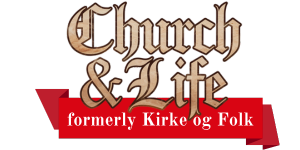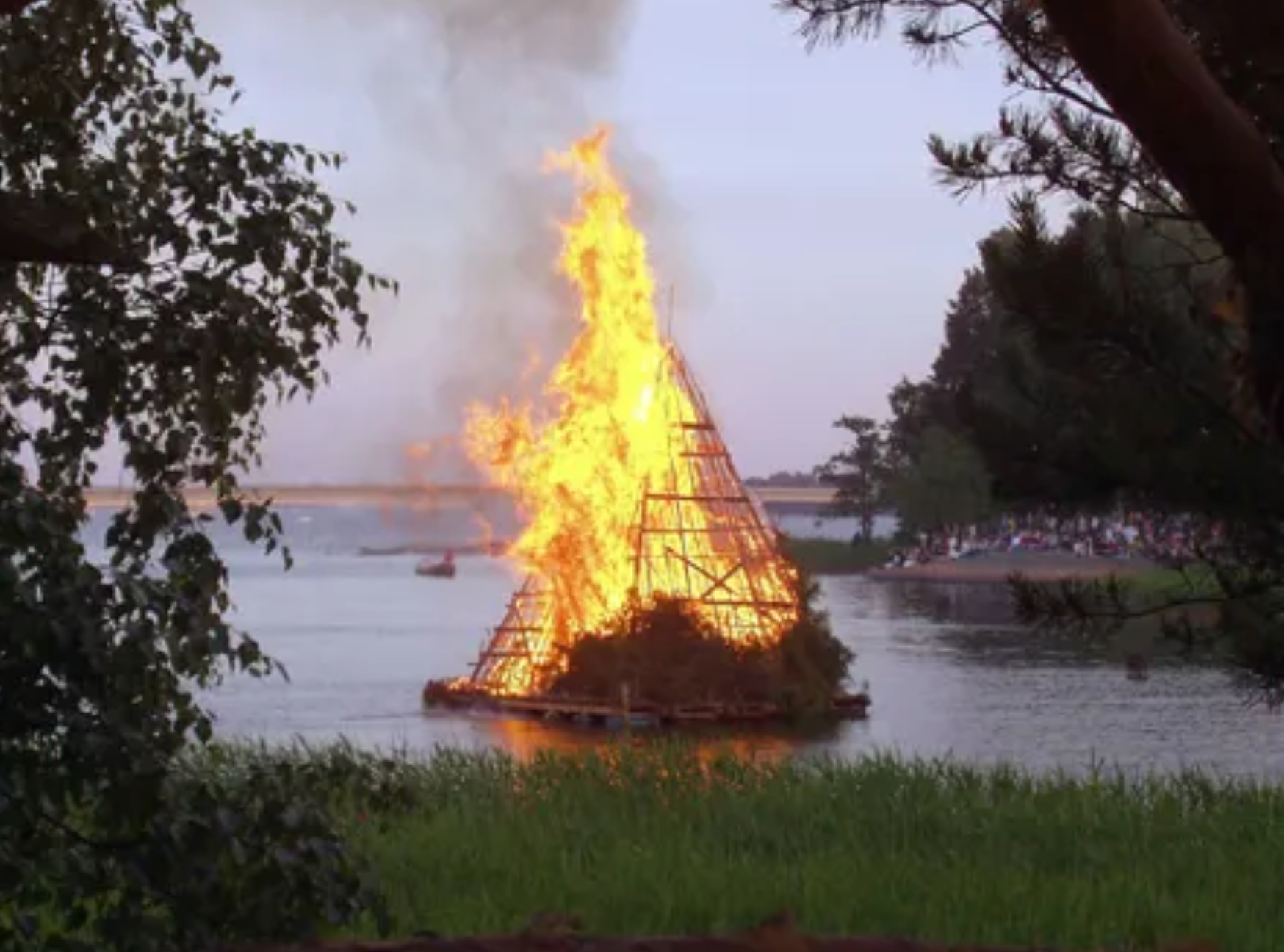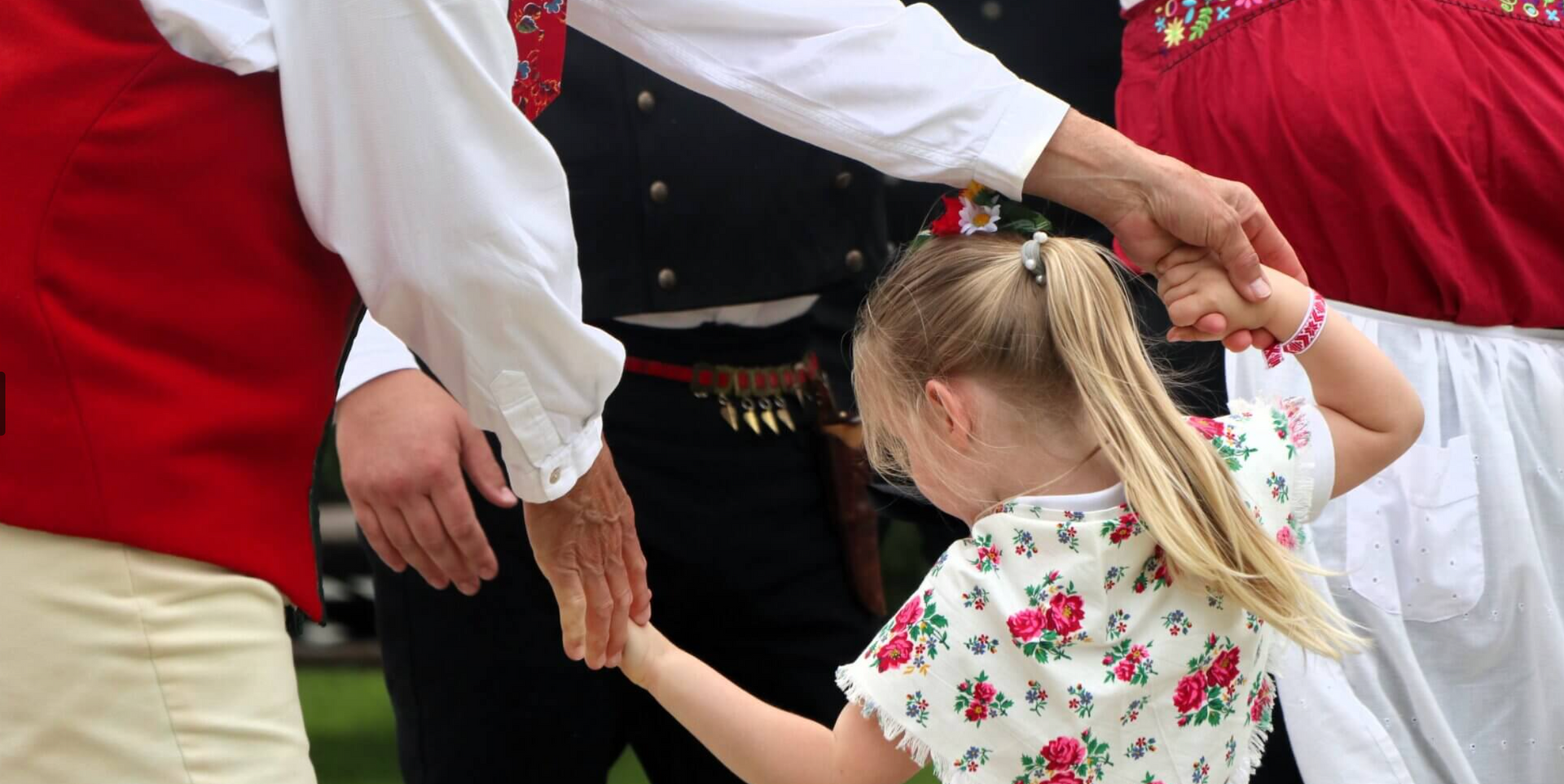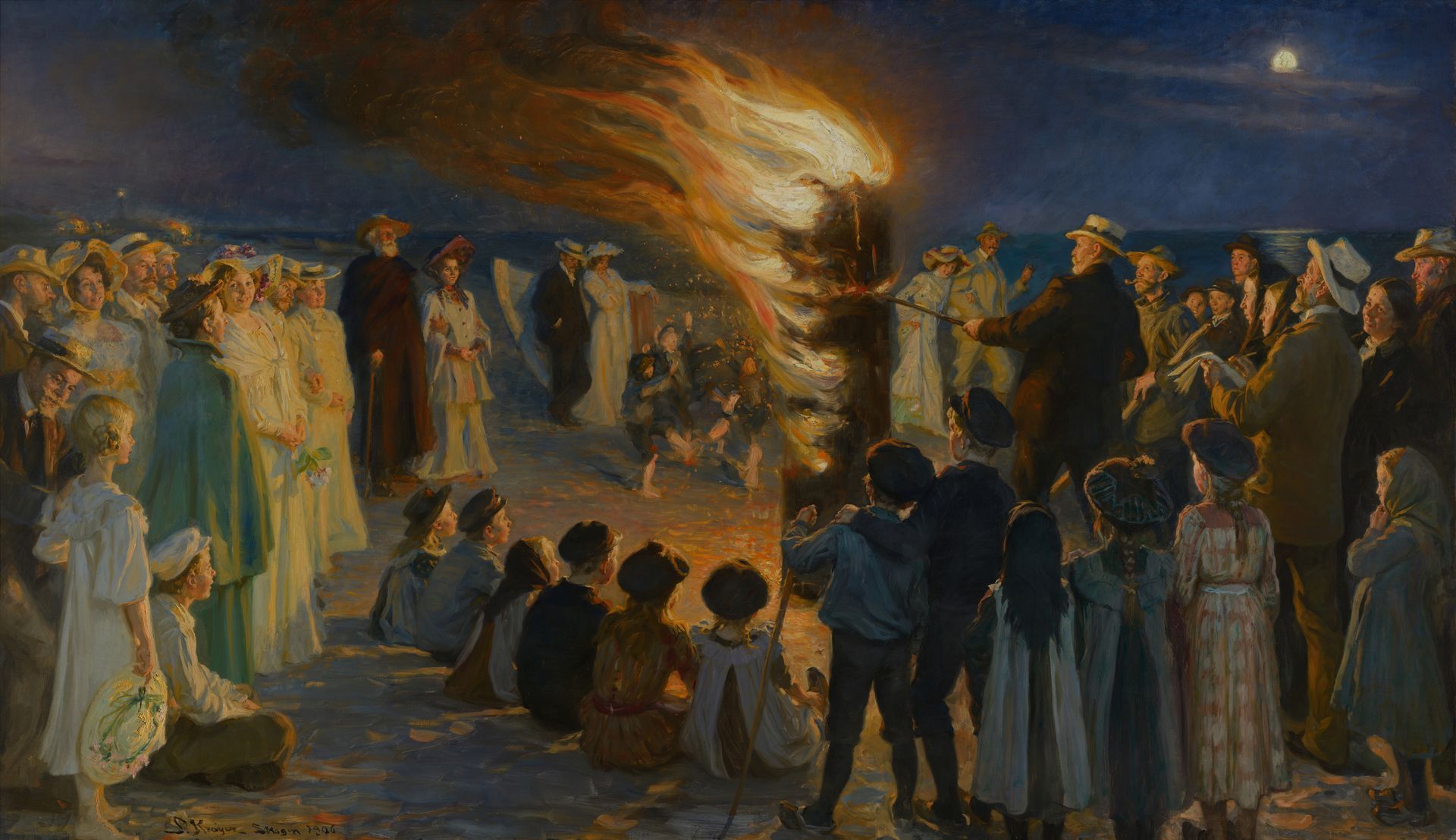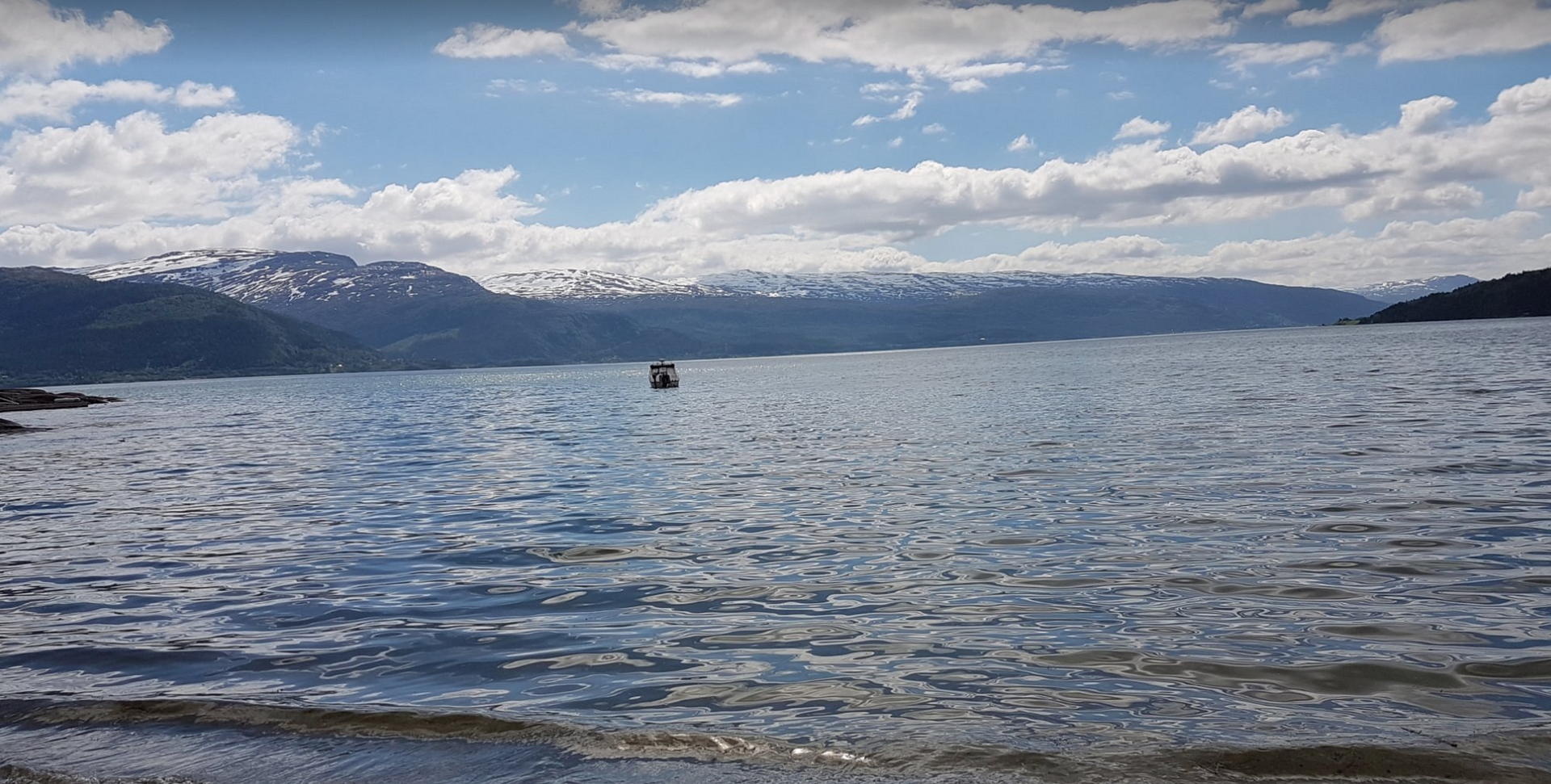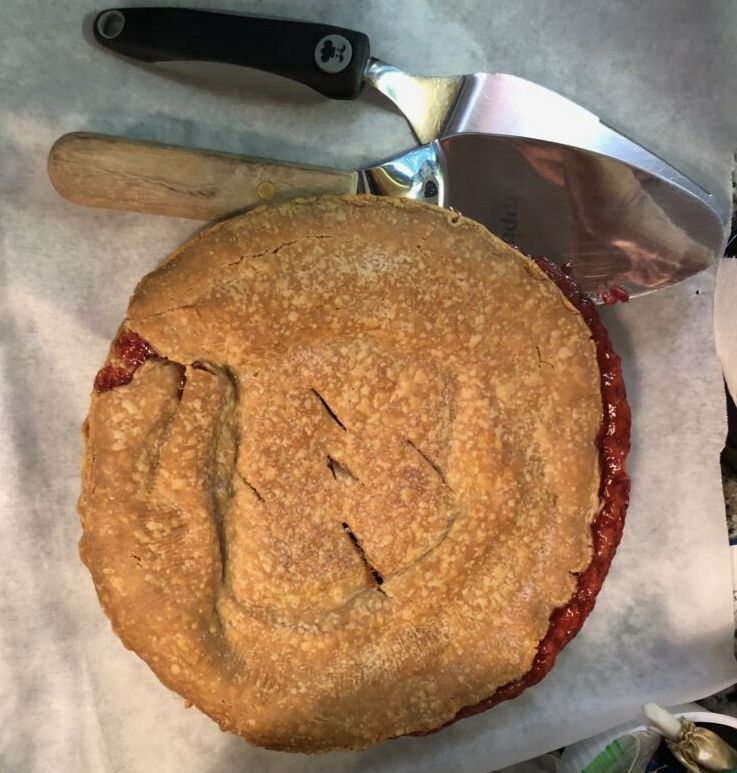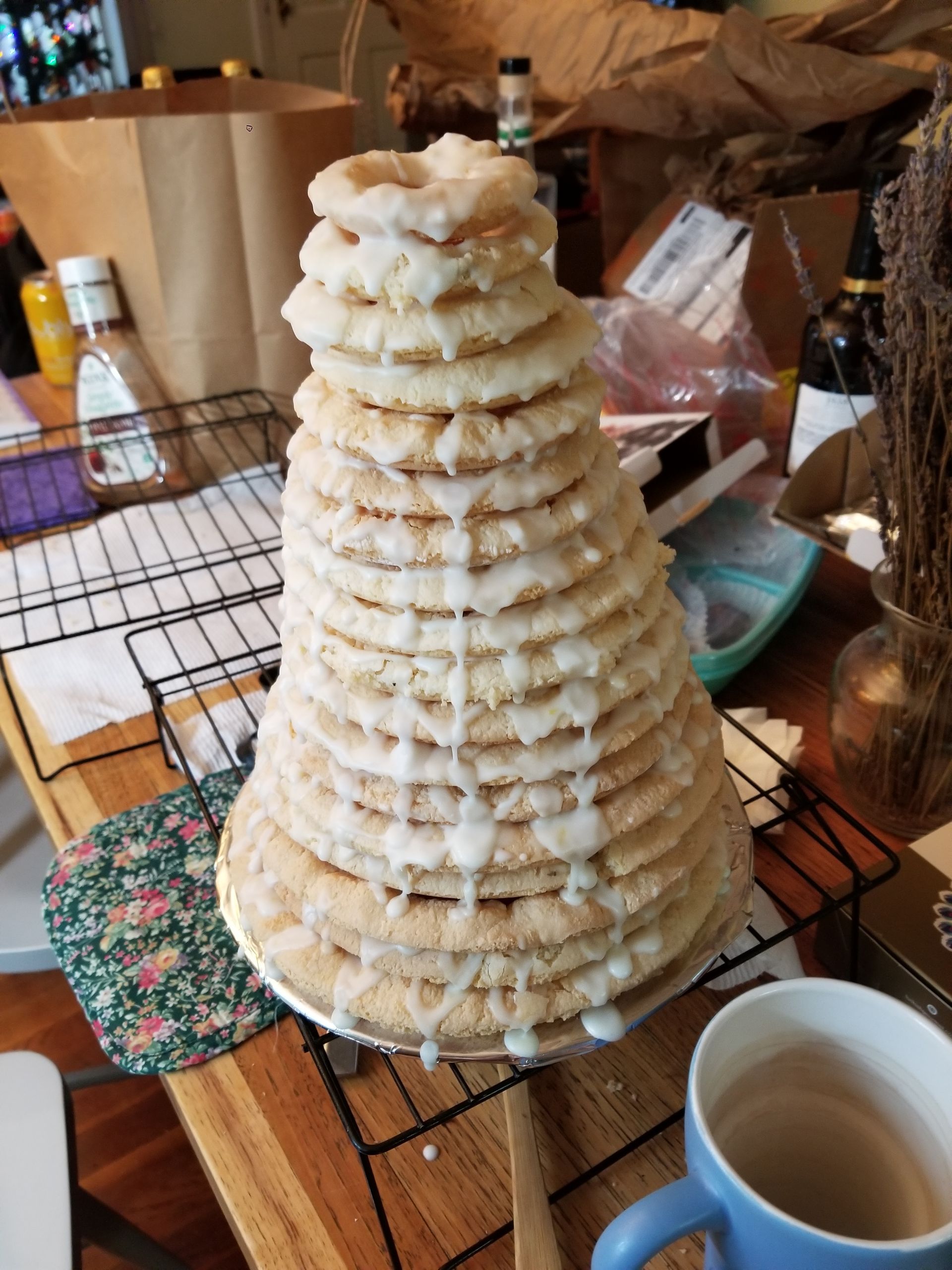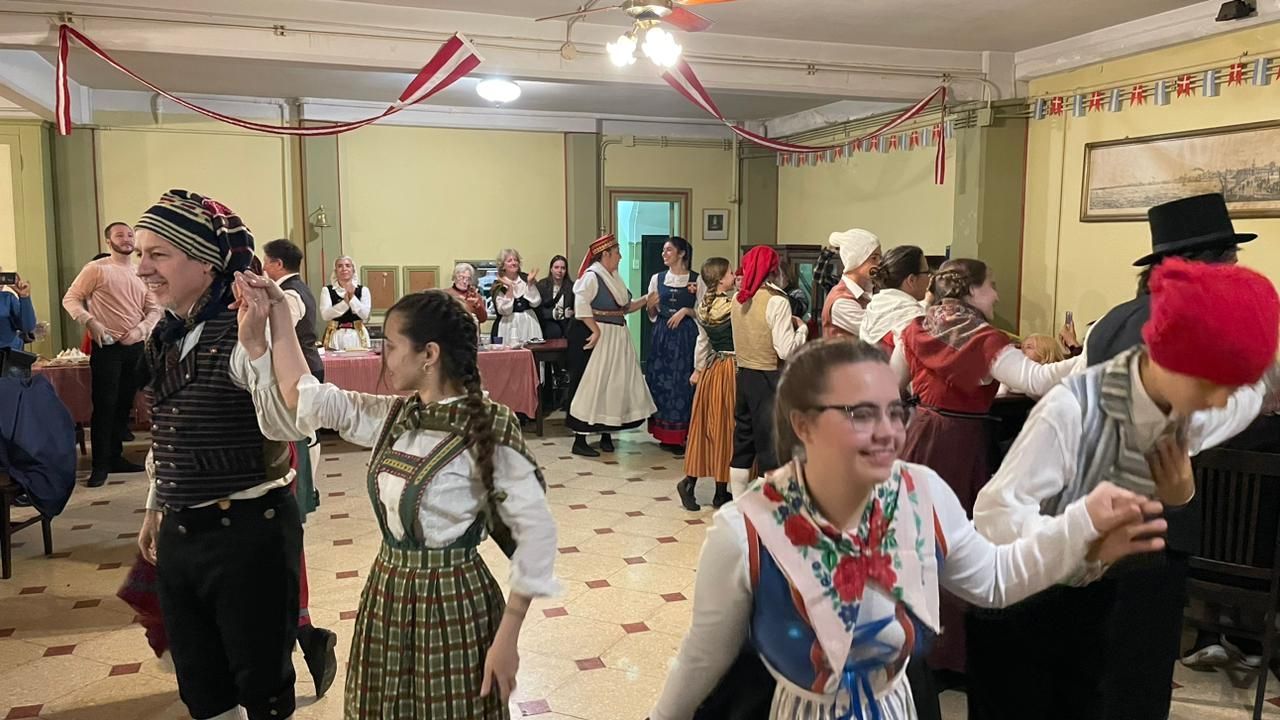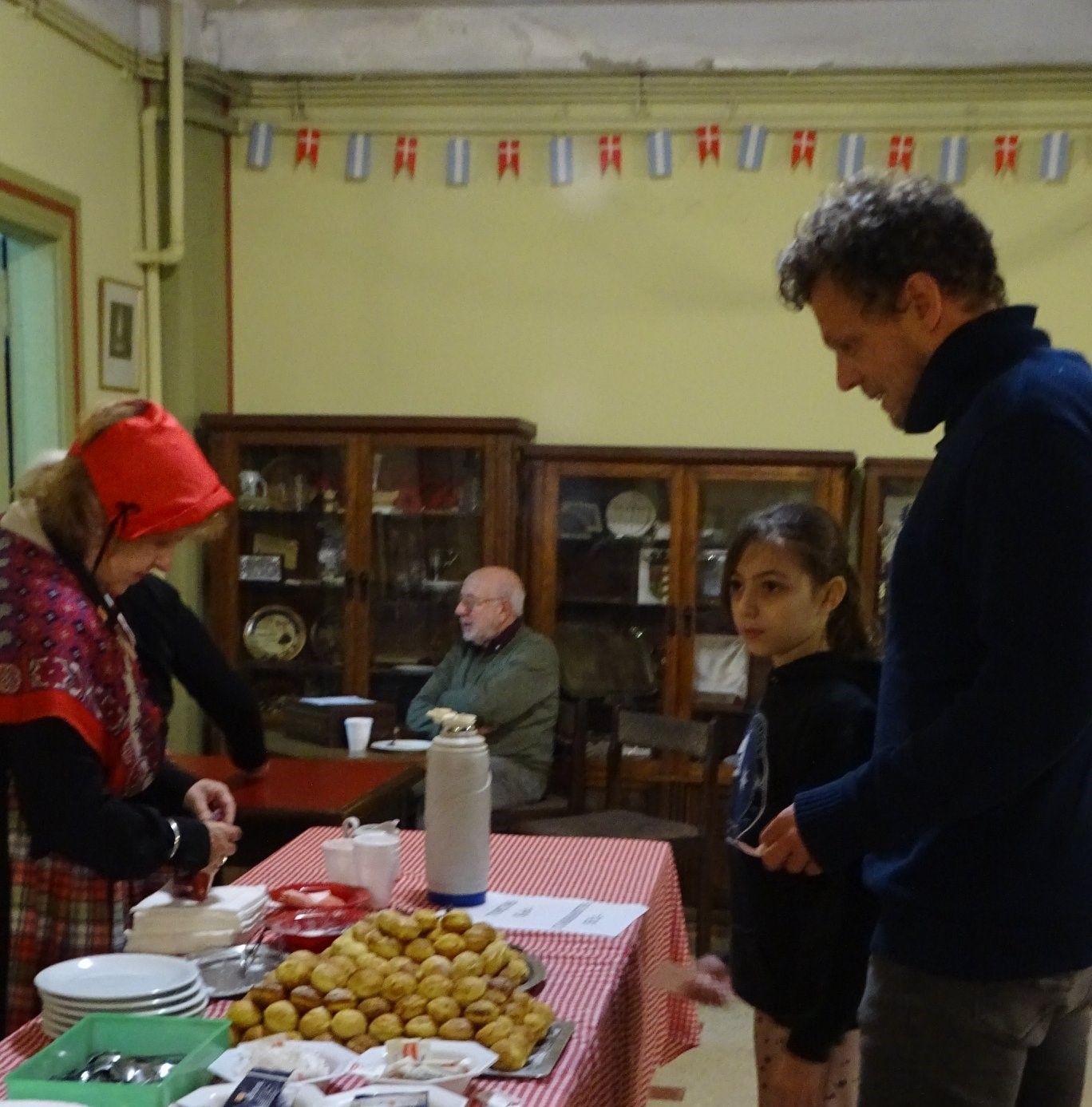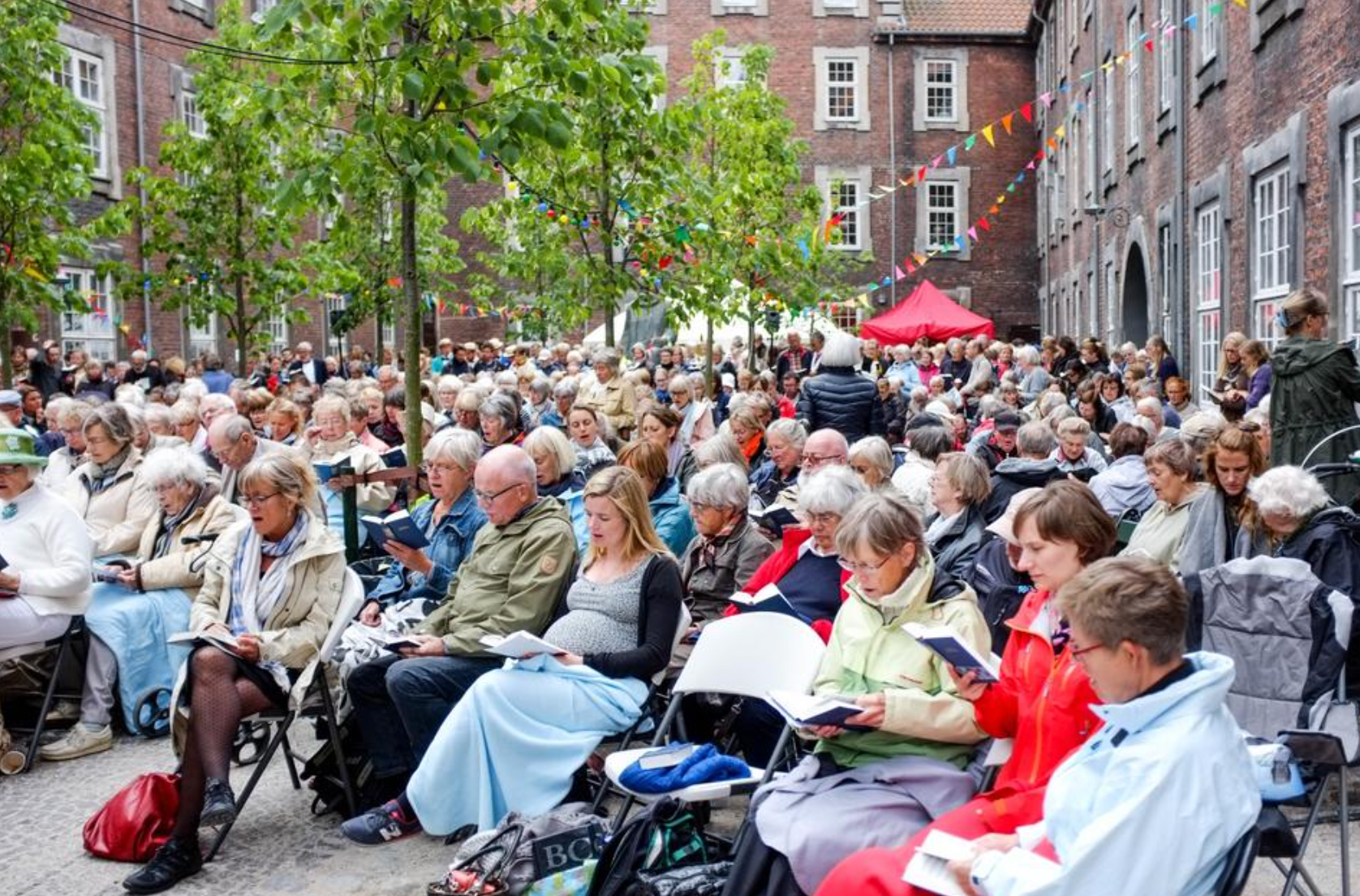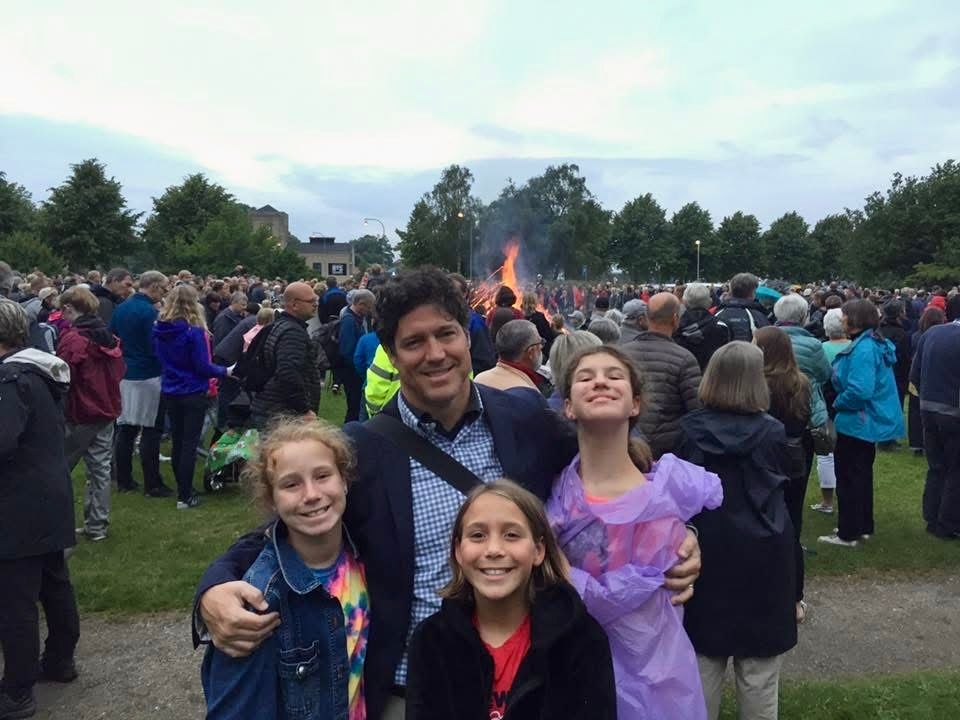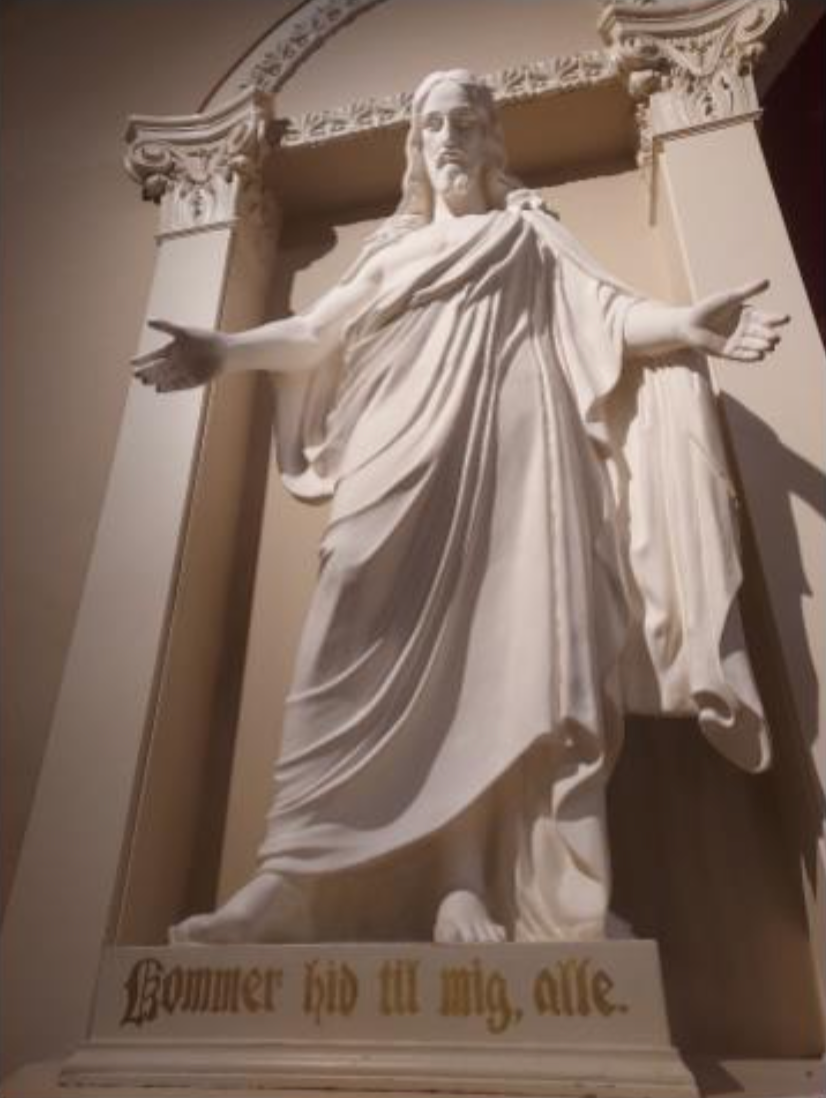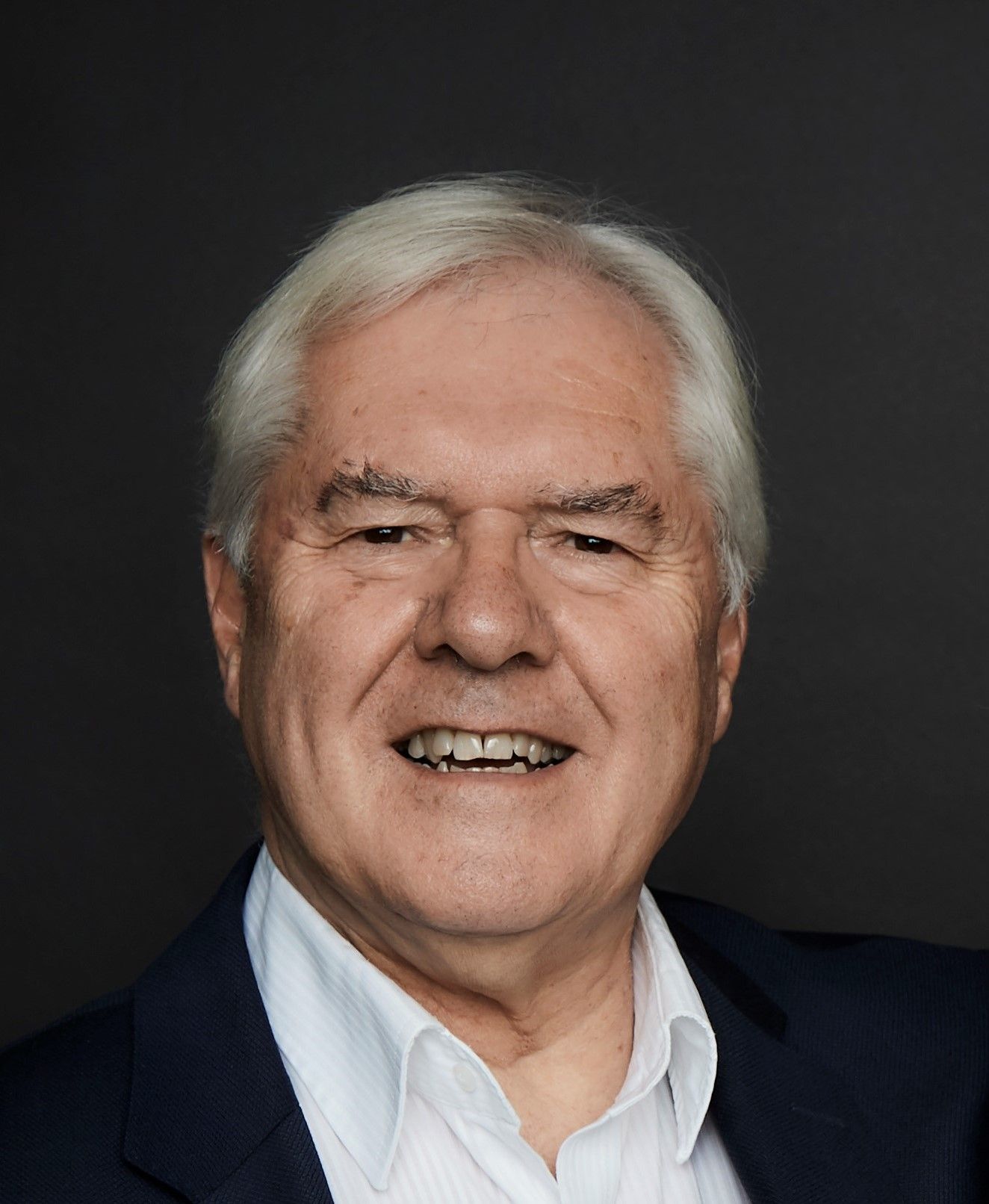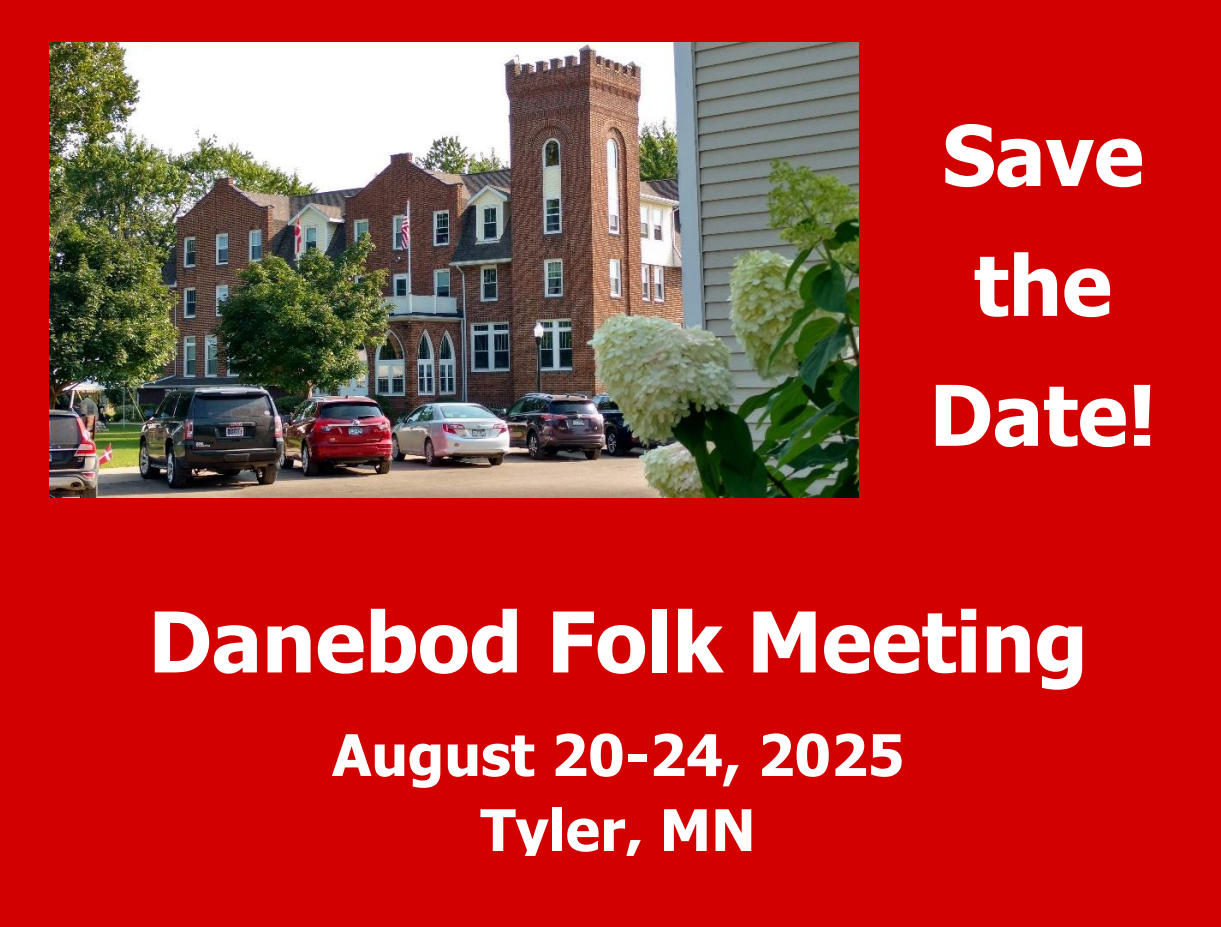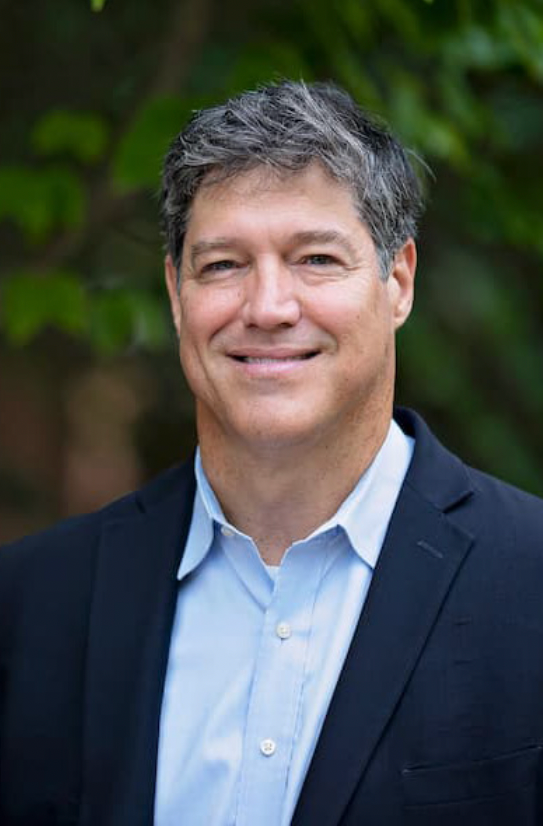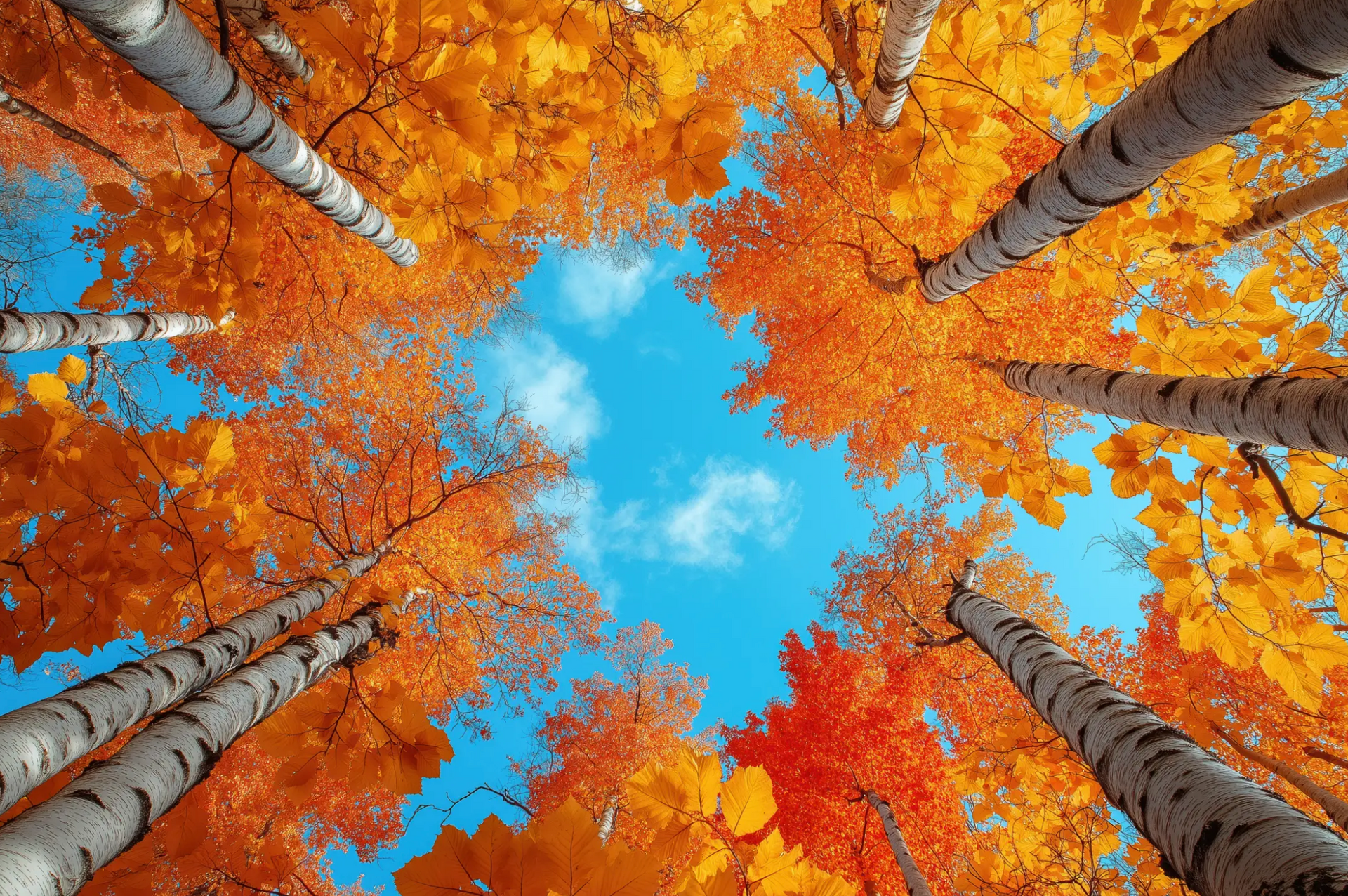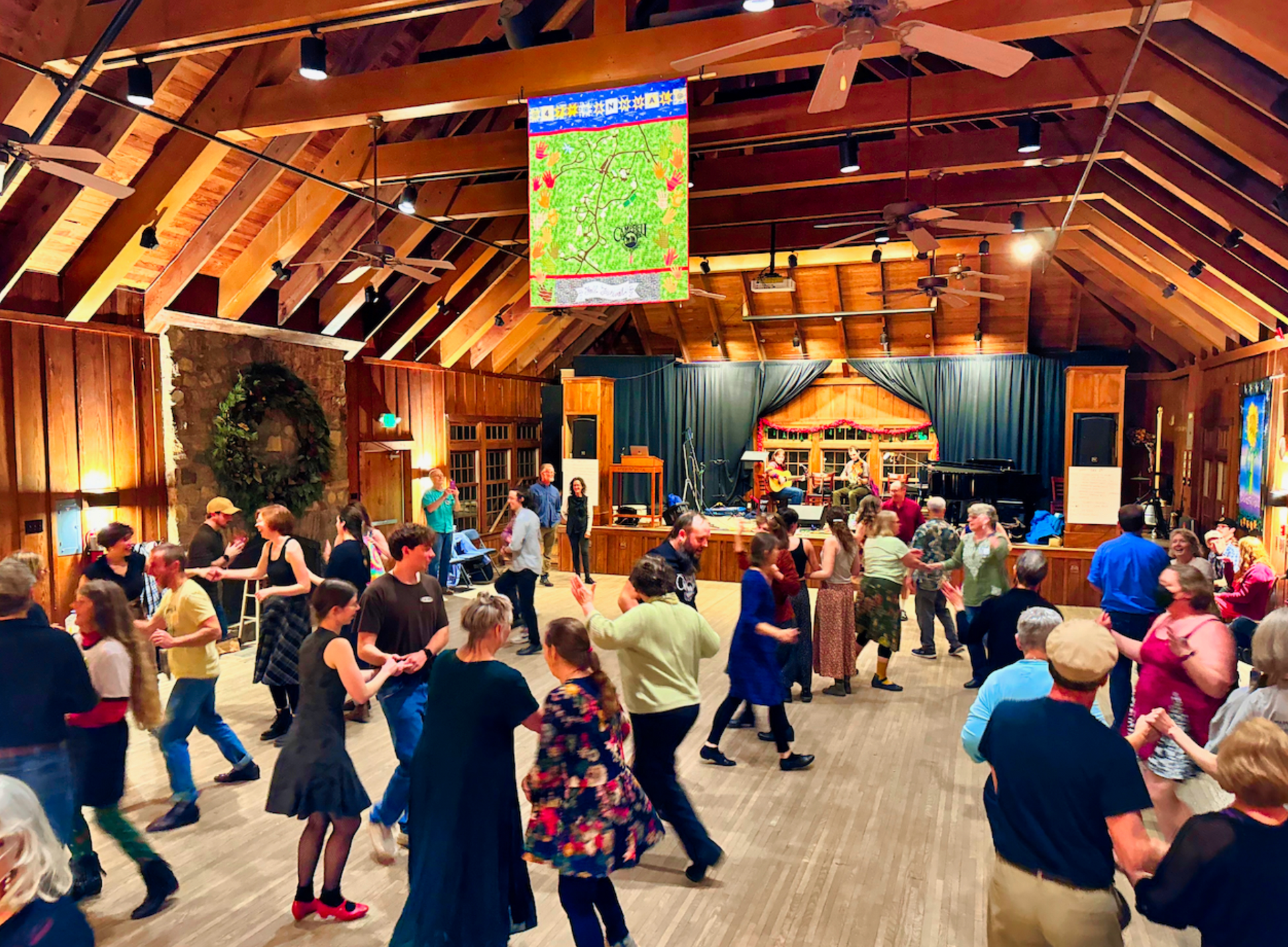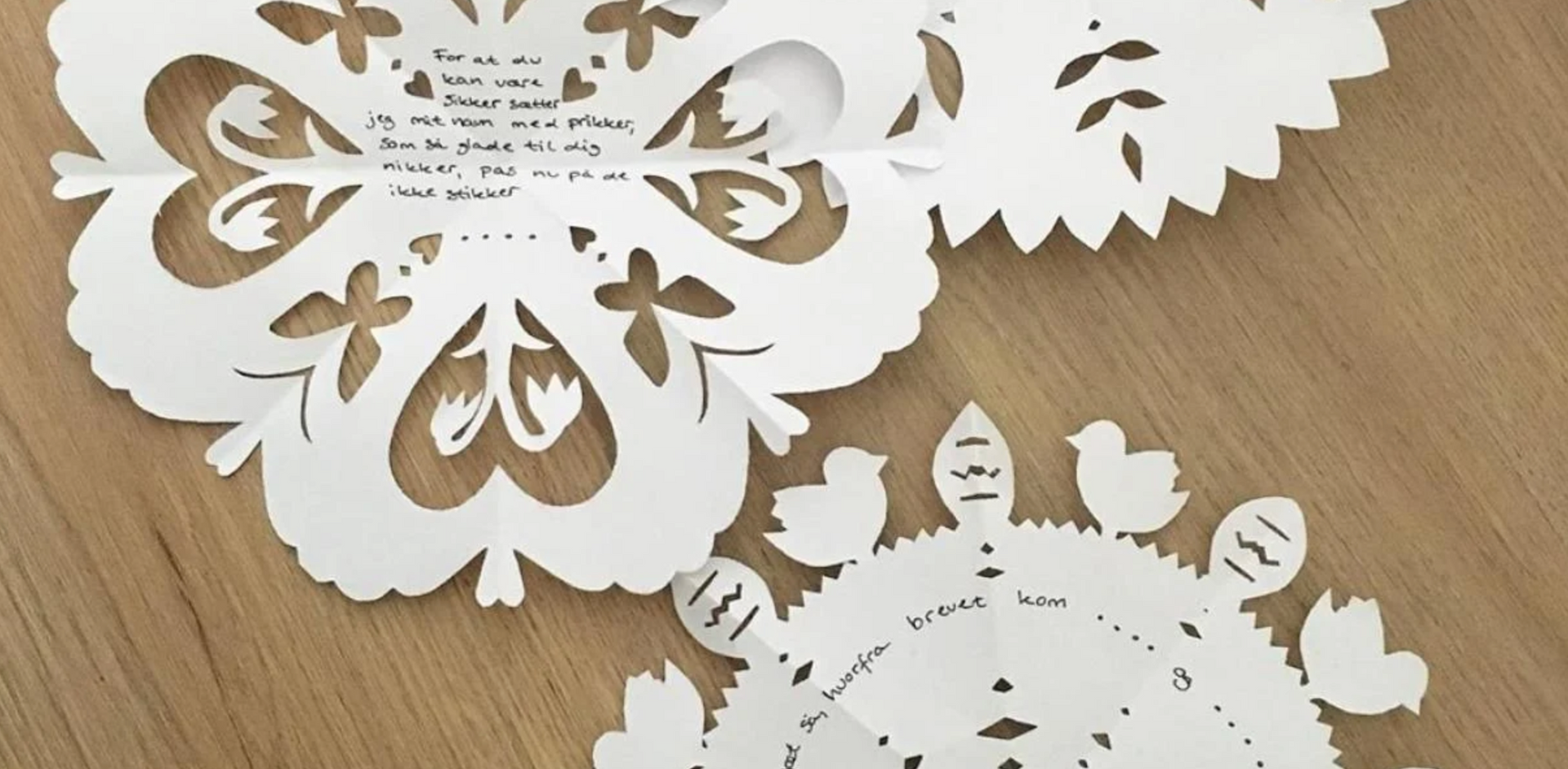Postscript
Preparing this issue of Church and Life, my student editors and I decided to focus on Danish American Midsummer celebrations. In our investigations, we quickly learned that, with the exceptions of pockets of the USA where Scandinavian heritage remains strong, most Americans generally do not intentionally celebrate Midsummer. By this I mean that—beyond the Fourth of July and a range of smaller regional events—there is little in the way of a shared generational cultural Midsummer ritual that both connects people and attends to traditions that extend deep into a shared culture. My students had never confronted this fact about American life or the idea that there is something unique and powerful about ancient rituals rooted in the distant past. The question is: What purpose do Midsummer celebrations serve today? What makes the Danish American traditions unique?
To readers of C&L, it is no surprise to hear that, beyond Independence Day, Americans lack a shared tradition for celebrating Midsummer. After all, the USA is a nation of immigrants, each group with its own treasured traditions, and the lack of a unified American summer tradition is due to major climate differences—in Alabama it seems that it has been summer since Easter—or due to regional differences—the flow of seasons is marked very differently in New Mexico than in Florida. (Southwest Floridians like to mark the seasons by the pre-Thanksgiving arrival and post-Easter departure of the "Snowbirds.") In my own childhood, which was typical of people in the American South, July 4th was the ultimate summer celebration, even though it arrives a few weeks after the summer solstice. My family normally spent the holiday at my Uncle Aubry’s summer cabin in Pickwick, Tennessee, where the Tennessee River crosses the shared borders of Mississippi, Alabama, and Tennessee. For one wonderful week each summer, we swam and skied and ate barbeque, we played table tennis, set off fireworks on the Fourth, and watched sports on a small black-and-white television on the screened in porch, where we also slept. But these days, if the Busbees are in town, we walk to the annual Boy Scouts pancake breakfast, attend a festival or a yard sale, and watch fireworks. The events are warm and friendly and patriotic, like ones all over the country. They bring people together and have become tradition.
Independence Day aside, what kinds of non-Scandinavian-American Midsummer traditions take place in the USA? In an attempt to answer this question, we surveyed a range of events, from light-hearted parades and festivals, to new-age gatherings, to commemorative holidays, to traditional cultural rituals—all events that take place near or on the summer solstice. Here are some of the most notable and interesting (in our opinion): Since 1974, Santa Barbara, California, has hosted an annual Summer Solstice Parade with street vendors, music, and food along the parade route. The event attracts crowds of 100,000 people or more, making it the largest single-day event in Santa Barbara County. And since 1989, The Fremont Solstice Parade in Seattle, Washington, draws tens of thousands of spectators each year. There are other unique Midsummer celebrations, like the Midnight Sun Baseball Game in Fairbank, Alaska, a tradition since 1906, where a regulation baseball game begins at 10:30 p.m. and continues past midnight under the midnight sun. The "Solstice in Times Square: Mind Over Madness Yoga" event (begun in 2003) features free yoga classes and attracts thousands of participants. Around the USA, small groups of Neo-pagans and Wiccans celebrate the solstice as "Litha," marking the peak of the sun's power. And a few congregations of the Unitarian Universalists incorporate solstice celebrations into their services, focusing on themes of light and renewal. The newest summer national holiday is Juneteenth, scheduled close to the summer solstice. The holiday commemorates June 19, 1865, when Union General Gordon Granger arrived in Galveston, Texas, and issued General Order No. 3, which proclaimed that "all slaves are free.” It didn't become a federal holiday until June of 2021, so traditions are in the process of being shaped. Most of the events I've attended involve speeches, barbeque, reflection, and community service. The oldest consistent solstice celebrations in the USA are held by Native American tribes. The Sioux (Lakota, Dakota, and Nakota peoples) hold the Sundance, a four-day event involving singing, dancing, drumming, and deep prayer, with participants enduring physical trials to seek spiritual visions and renewal. (The American government outlawed the event in 1904, but it was but it legalized with the American Indian Religious Freedom Act of 1978.)
These traditions, like Independence Day, strengthen social solidarity by providing people with shared experiences. But how do they compare with Danish American Midsummer traditions, like Sankt Hans Aften?
Maybe a difference lies in the spiritual element behind the celebration. Maybe Andrés Albertsen is right: "A true celebration always carries a spiritual dimension." This element was absolutely a point of conscious tension for early Danish immigrants to America, just as it was for early Christians in Denmark. In their attempts to reconcile pagan rites with Christian ritual, early Danish Christians decided to shift the pagan Midsummer celebration so it would coincide with the eve of John the Baptist's birth. In the 19th and early 20th centuries, Danish Lutheran immigrants to America often viewed folk traditions such as Midsummer festivals with concern. Migration to America provided an opportunity for a reset, a chance to do away with practices that pastors regarded as conflicting with Christian teachings. Church leaders discouraged participation in what were seen as “folk customs," but attitudes gradually shifted. F.L. Grundtvig, for example, had a deep appreciation for folk traditions like Sankt Hans Aften. He saw them as vital expressions of the living culture and spirit of the people (the “folk”). He believed that these customs were important carriers of collective memory, identity, and community cohesion. Unlike his more zealous fellow Danish Lutherans, he regarded folk traditions not as outdated or mere superstition, but as essential to nurturing a sense of belonging and continuity between past and present generations. He even believed that events like Sankt Hans Aften were a rich source of inspiration for education, national identity, and Christian life, rather than something to be dismissed or suppressed.
Cultural assimilation is inevitable, and it brought changes to how Danish Americans celebrate Midsummer. but the spiritual element lingers. In recent decades, many Danish Lutheran congregations have reexamined their stance on folk traditions and they've leaned fully into Grundtvig's way of thinking. Seeing the deep cultural significance of celebrations like Midsummer, churches have sought ways to integrate them with Christian teachings. For instance, the Danish Lutheran Church and Cultural Center of Southern California holds annual Midsummer services that blend traditional customs with Christian messages of light overcoming darkness. In 2020, Pastor Anne-Grethe Krogh Nielsen preached a sermon that emphasized the symbolic nature of the Midsummer bonfire, likening it to the light of Christ dispelling darkness. Nielsen says, "At Midsummer we promised to keep away the cold of our hearts by lighting our bonfires, and lighting hope and love in each other's hearts, and faith" (read the complete sermon here.) The Evangelical Lutheran Church in Denmark has likewise emphasized overlapping themes by aligning services on Saint John's Eve with popular Midsummer celebrations, thereby bridging the gap between folk traditions and Christian faith.
Today, even though Danish Midsummer celebrations aren't typically large like the Summer Solstice Parade in Santa Barbara or as exotic as the Sundance, they are indeed unique, and they continue to be inspiring for people all over the USA. The Museum of Danish America hosts an annual Midsummer celebration that includes traditional songs, bonfires, and community gatherings. (See the announcement in this issue.) There are Sankt Hans events in places as different as Muir Beach, California, and Sandy Springs, Georgia. Of course, most do not address questions of the pagan origins of the event, but the subtexts are there nonetheless, and they give the celebrations depth and energy that seem to be missing in other forms of American celebrations of summer.
